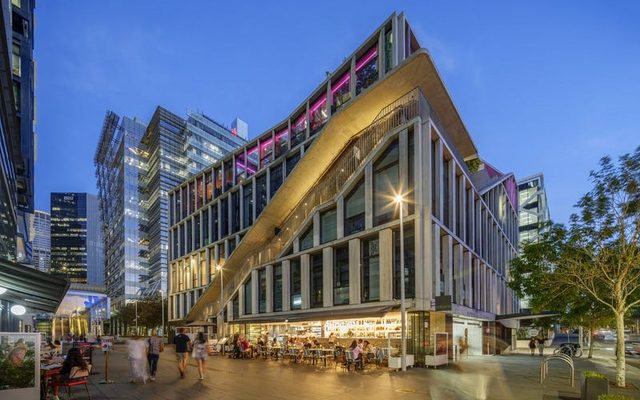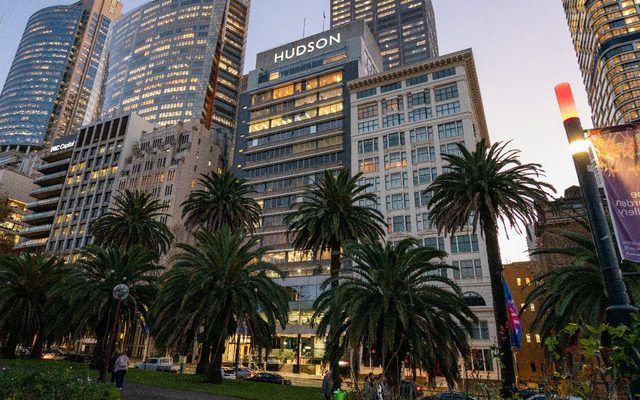This article is from the Australian Property Journal archive
2021 saw $2 billion in Melbourne CBD office sales, as the city’s employment and economic growth show strong signs of overtaking the national average.
According to Knight Frank Australia’s latest Melbourne CBD Office Market Report recovering economic conditions are seeing an increase in office demand, with total net absorption up 45,460sqm in the second half of 2021.
Victoria’s retail sales since easing health restrictions in late-2021 were at 16% or 7% up on pre-Delta variant levels, while the state’s total employment was up 4.5% in the three months to January this year, while the national average was at 3.5%.
Increased demand has been most observable in the financial services, professional services and public administration sectors, which accounted for 92% of combined take-up last year.
While CBD take up was dominated by the finance and insurance industry, which made up more than 50%. With Medibank and Bupa contributing to significant 10,000sqm lease deals for 2023 and 2024 respectively and Aware Super for 8,000sqm for 2023.
“Another trend we’re seeing is a higher concentration of smaller and medium-size leasing deals with office space of less than 5,000 sqm accounting for a higher share of CBD office-take up; 52% of take-up in 2021 compared with 30% in the previous two years,” said Chris Naughtin, director of research and consulting at Knight Frank Australia.
While activity for larger leasing deals above 5,000sqm was more restrained, dropping to 48% over the year, compared to 70% in 2020.
In the prime market net absorption was up 51,253sqm in the A grade segment and 3,501sqm in the premium segment.
At the same time, high levels of stock left the vacancy rate for the Melbourne CBD office market up to 11.9% in January 2022 from 10.4% in July 2021.
“The increase in prime vacancy during 2021 was driven by the high level of new supply, with development completions bringing the Melbourne CBD total office stock to just over 5 million sqm,” said Naughtin.
Naughtin noted that CBD vacancy is forecast to peak in mid-2022 at 12.4%, taking a few years to drop off to around 9%.
“Following the large influx in 2020 and 2021, new supplies are projected to slow significantly over the next few years, and we expect this lower level of new supply combined with stronger demand for office space will drive the recovery of the leasing market,” said Naughtin.
As of January 2022 prime net face rents have held stable for two years, at an average of $708/sqm for the CBD, while prime incentives are still increasing, reaching an average of 38% in the same month.
Knight Frank anticipates incentives will begin to decline next year, due to expected better leasing conditions and shrinking vacancy rates, this is likely to result in rebounding effective rental growth.
Between 2022 and 2026, prime net effective rents are currently forecasted to increase each year by 3.6%.
Prime net effective rental growth in the Eastern Core is expected to be at 4.9% per annum, while the Western Core will be at 2.9% per annum.
“The recovery in effective rents will be led by the Eastern Core, where incentives are expected to begin a sustained decline from their current average of 35% from this year onwards. By contrast, we expect average incentives in the Western Core to rise a little further from 40% at the end of last year to 41% at the end of this year and remain around 40% in 2023,” said Naughtin.
Its forecast that prime incentives will average 28% in the Eastern Core and 35% in the Western Core by the close of 2026.
Despite improvements in the recovering market, sales voles are still well below pre-pandemic levels, with offshore investors still driving activity, accounting for 68% of investment volume in 2021, while volume remains 33% under the five-year average to 2019.




